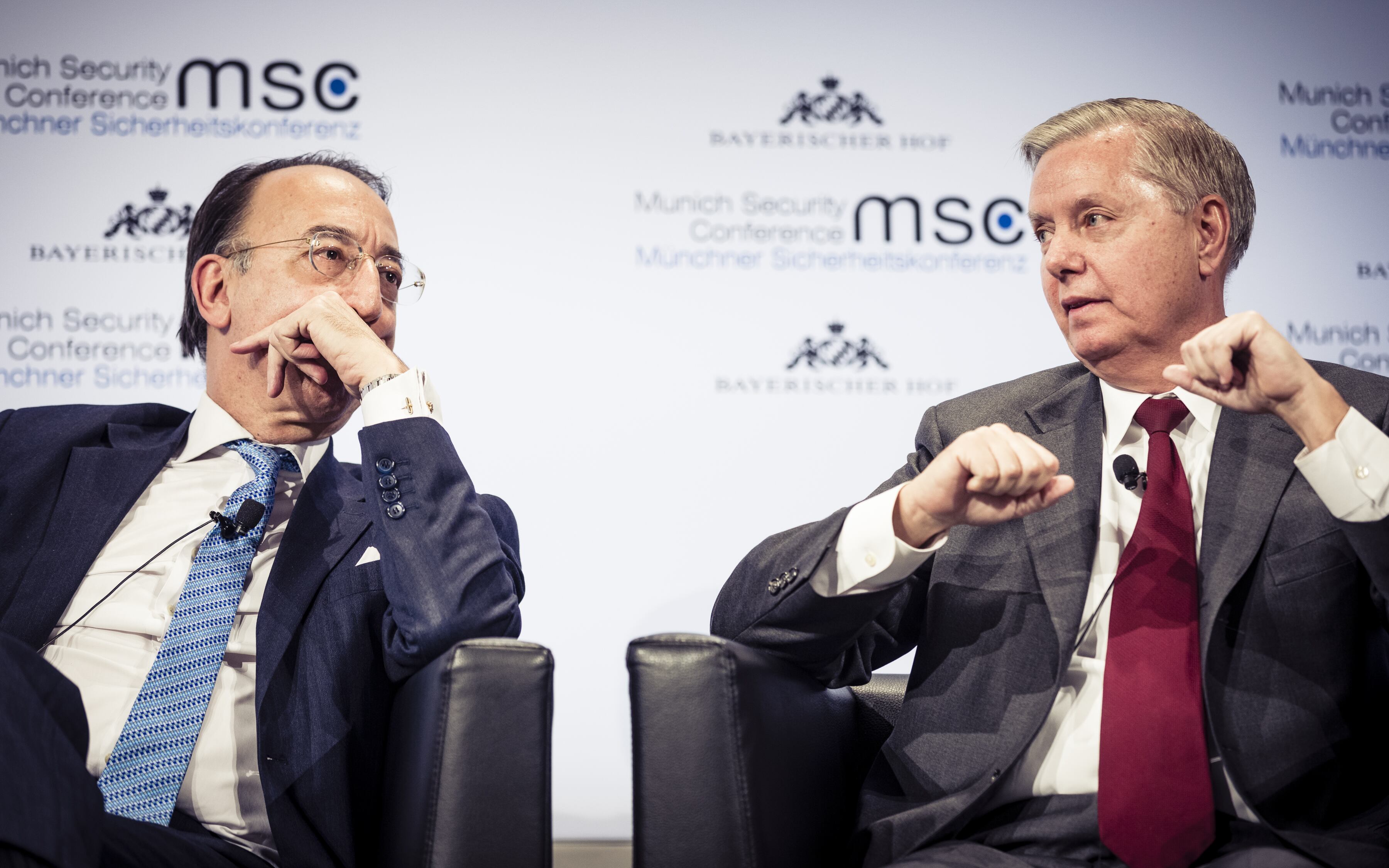PARIS ― Amid the alienation between the United States and Europe over trade, some industry leaders at the Eurosatory defense fest sense an opening to strengthen their position on the domestic arms market.
That type of talk comes amid a stated desire by European Union members to band together around the idea of a common defense, though it remains to be seen what will ultimately come of it. But there was a hope here, at least, among many at the ground warfare exhibition ― the first since the formal start of the EU Permanent Structured Cooperation initiative on defense and security ― that the continent’s newfound voice on defense matters would somehow reflect on the market.
“Europe should buy weapon systems in Europe, developed and manufactured in Europe, to make sure that if something happens they are capable in having the right answers for the threat,” Frank Haun, chief of the German combat vehicles specialist Krauss-Maffei Wegmann, told Defense News in an interview.
The company, under the banner of KNDS, a joint venture with France’s Nexter, has its eyes on the tank market beyond the Leopard 2, which Haun said currently accounts for roughly 40 percent of the combined European tank fleet.
“Secondly, we are talking about taxpayers’ money,” he added. “It should stay within Europe.”
Such protectionist talk is partly a reaction to the sense that Europeans have been getting the short shrift when it comes to dealing with the United States in weapons programs. Europe for a long time has been a customer of American weaponry, buying advanced systems birthed by U.S. defense spending many times more vast than military budgets in Europe.
RELATED

According to Haun, the European appetite for U.S. arms translates into roughly $70 billion in Washington’s exports to Europe. But the flow of trade in the other direction is infinitely lower, estimated at less than a half billion dollars, he said.
Jorge Domecq, head of the European Defence Agency, this week called the disproportion “unhealthy” and detrimental to Europe’s defense ambitions. In addition to the export imbalance, U.S. weapons in the hands of countries unable to maintain them on their own create a one-sided dependency that keeps the continent weak, he argued.
“If you have capabilities for which you don’t have the industrial capacity to sustain them, and you have to ask the neighbor to give you the hose each time you want to water the plants, you don’t have a garden; you have a dry piece of land,” Domecq said.
Nexter Chairman and CEO Stephan Mayer said the EU, known for its bureaucratic propensity, so far is showing promise in its effort. “I see a lot of interesting initiatives ... with the EDA putting in place initiatives for joint programs, a budget, to support joint products,” he said. “It took a long time, so we are now spinning up, and I see a lot of opportunity.”
It will take more time before a judgment is possible of the EU defense vision and its effect on the domestic weapons market. For one, there are intra-European political squabbles to overcome; and the desire for “strategic autonomy,” as Domecq calls it, is not universally shared. And that’s not even factoring in the wild card of Brexit.
Said Haun: “I’m a European believer. I’m happy Europe shoots for more Europe. And this is one of thousands of steps they have to take. And I appreciate that. But we should not expect that something is changed by tomorrow. Defense is long-time.”
Pierre Tran in Paris contributed to this story.
Sebastian Sprenger is associate editor for Europe at Defense News, reporting on the state of the defense market in the region, and on U.S.-Europe cooperation and multi-national investments in defense and global security. Previously he served as managing editor for Defense News. He is based in Cologne, Germany.








